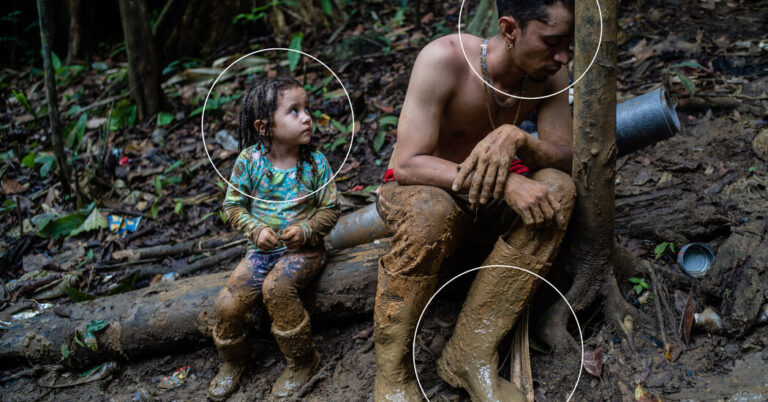When I first met Mr. Arias, something strange is happening.
Venezuelans in unprecedented numbers are giving up their country, an economic basket case, and heading north. By the end of that year, more than 150,000 of them had reached the border between Mexico and the United States.
Mr. Arias, 27, travels not only with his daughter, who is on his shoulders most of the time, but with his wife, Desyree, and 7-year-old son, Luis Breyner. His mother-in-law and brother-in-law were also with them.
It was early morning when I took this picture. A long day of travel awaits the family, and an even longer day after that. A strong hiker can complete the Gap in four or five days. For travelers with young children, that can go double.
But Mr. Arias had a more immediate problem: a hill. When he got here, he just stopped, put down his bag, and sat down. It wasn’t clear if he could continue, but after about 15 minutes, he did.
Later, he told me that in Venezuela, he studied industrial mechanics and worked in his father’s auto repair shop. He and his wife also have a food stall. But struggling to feed their family, they decided to try their luck elsewhere.
In 2019, they went to Colombia, where they opened another food stall and Mr. Arias also drove a motorcycle taxi and did construction. But again this is not enough. Time to move again.
As we made our way through the Gap, I saw the family from time to time, but eventually we parted ways. Later, while they were crossing through Central America, we kept in touch through social media. In mid-March, I heard from them again: They had just entered the US, applying for asylum as they crossed border control in Texas in March.
Their journey lasted several months after I last saw them in September. At one point, the robbers took everything from them, even the children’s candy. Melissa celebrated her fifth birthday in Guatemala, where they were stuck for several months.
